by Alessandra Ressa
Emil line has been standing in solitary confinement near the train station of Villa Opicina for seventy-seven years, hidden from the historical and social changes that have affected this particular side of the world.
The fortified line of German bunkers, which formed the so-called “Emil line”, has completely fallen into oblivion soon after World War Two and is engulfed in the thick Karst vegetation covering the whole area. Rather than bunkers, these are reinforced concrete case mates which used to hold machine guns.

They are not on maps nor on books, no tourist office will be able to give you any information on how to reach them (they have probably never heard of them and will try and send you to the Opicina bunkers instead).
To make things worse, they are off roads and hiking trails, and cannot be reached by public transport. For all these reasons, you should not miss this adventurous expedition into Trieste’s history.
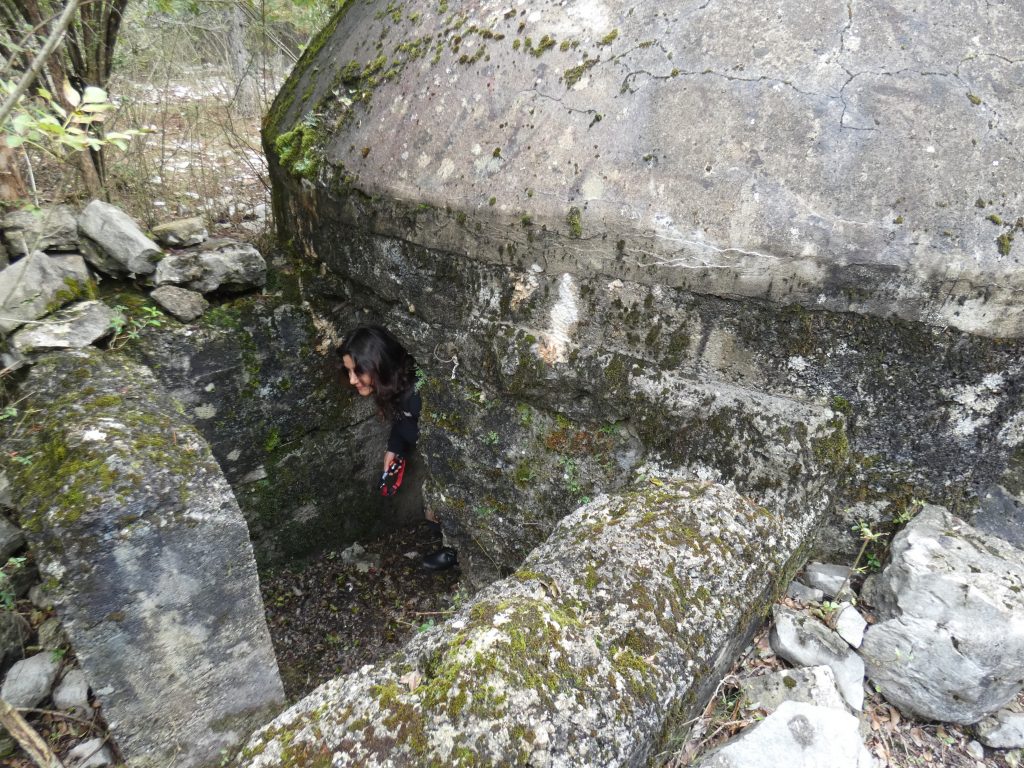
Don’t forget to wear hiking shoes and to bring a flashlight. Protective helmets aren’t necessary but watch your head while going in and out of the bunkers. I also use an old fashioned compass, as I find that you can’t always rely on your mobile phone.

According to calculations and a bit of personal experience in the field (Germans usually named bunkers following the alphabetical order and the last one in this area begins with the letter “G”) there should be seven bunkers, all along a North-South imaginary line.
Four of these are in relatively good shape, three have been reduced to rubble probably by the British army clearing the area with explosives.

If you manage to find all seven – it’s quite a challenge – you will feel like Indiana Jones. What’s more, you will have contributed to the historical memory of these war stricken lands, which too often seem to suffer from memory loss.
To visit the first bunker, which should be the last of the fortified line, from Opicina village you have to reach Villa Opicina (not far from the Karst train station which connects Trieste to Slovenia) and park at the beginning of the trail which leads to the ancient Roman Basin, a lovely pond worth a visit.
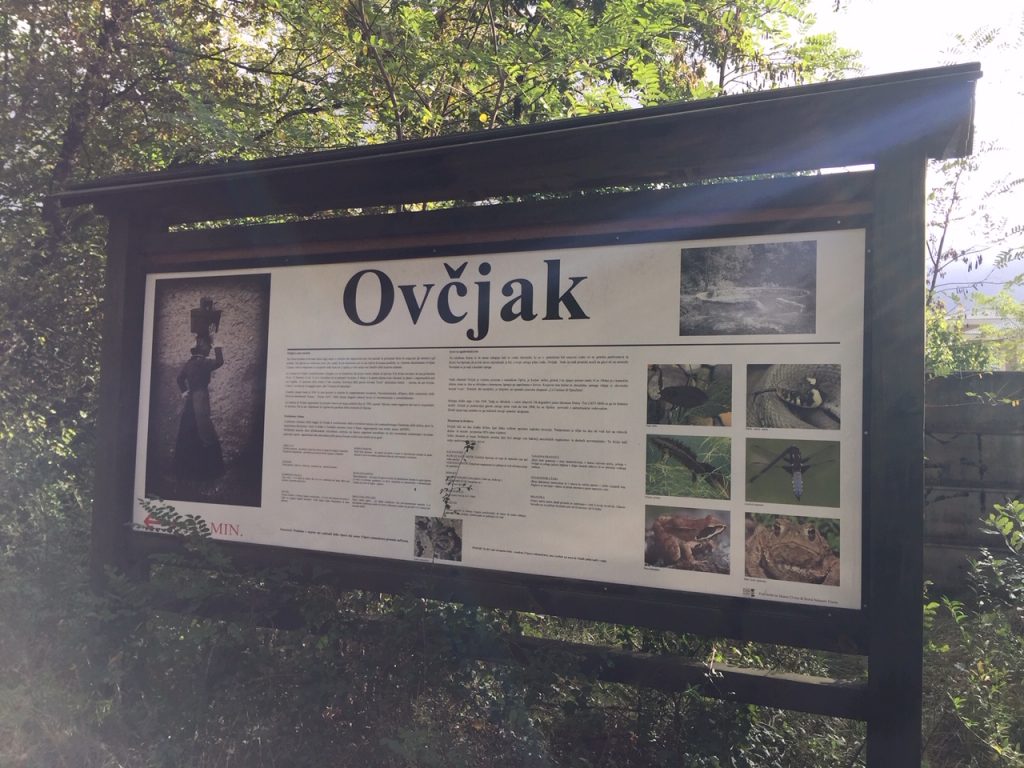
If you see the huge electric piles ahead – you’re on the right track. When the trail forks, take the right path and cross the electric fence. Although it’s not clear whether it is a private property as there are no signs around, cattle is probably kept in the area during the summer months. The fence is currently off and the only reminder of the cattle is an old bathtub filled with dirty rainwater. Trespass without fear. When you see the bathtub – you have arrived.
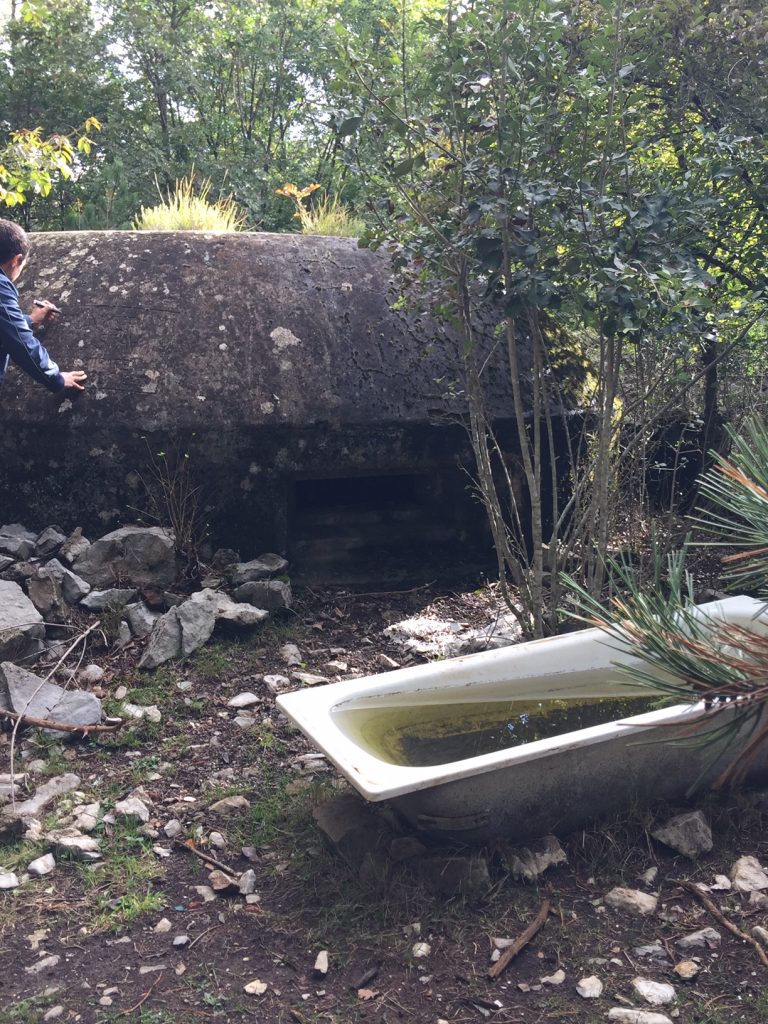
You can see the inscription quite well. It says “Bunker Gustav, Gott strafe England, 1943.” As England was Germany’s number 1 enemy, the builders wished for God to punish it!
Do go inside, the bunker is surprisingly clean and dry, and from the many droppings it must be customarily used by deer as a shelter.
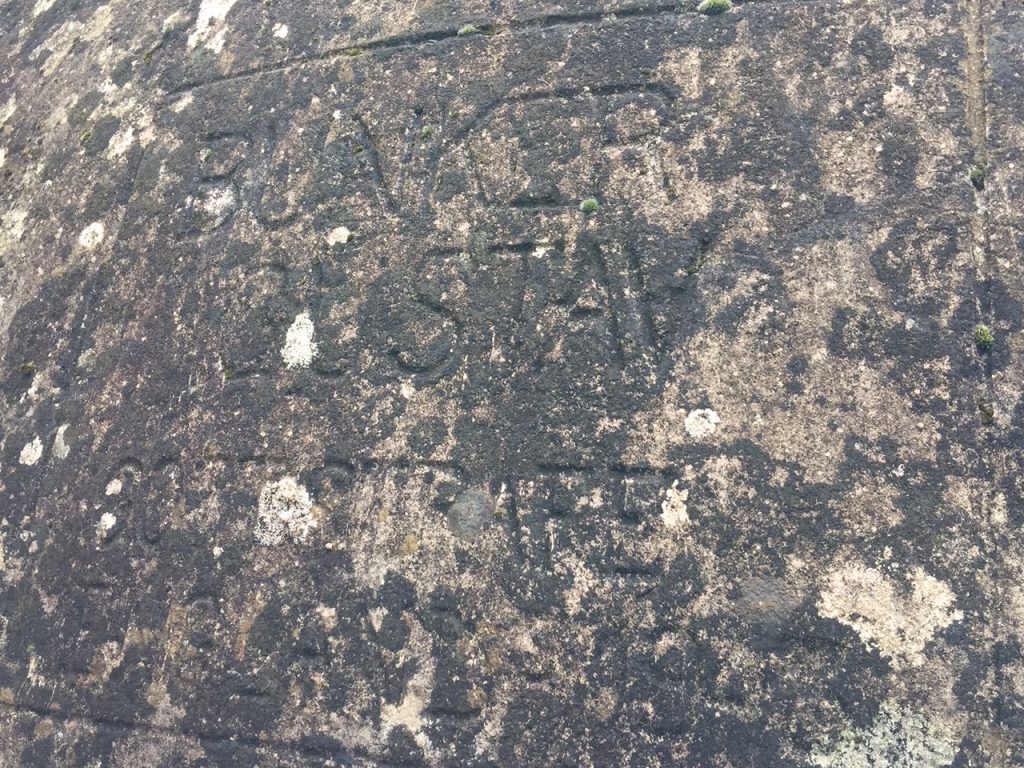
Keeping left, walk around the dolina (a sudden depression of the earth very similar to a bomb crater) and you will soon identify what remains of a line of trenches, probably connecting the case mates.
In the unfortunate event you didn’t bring a machete to deal with the vegetation obstructing your passage you can still manage to walk through the thick bush as there are luckily no thorny plants to rip your clothes, as in a real Indiana Jones adventure. From Gustav follow the trench and you will find two more bunkers, reduced to sorry piles. A third one, not far away, is in even worse condition.

You will find the second bunker just across the trail that separates Gustav from the exploded remains. It is difficult to see, surrounded by trees, plants and moss and you’ll have to get really close to understand it’s actually a concrete military post.

The name is Emil, as you can clearly read from the inscription, and it is also in a perfect condition. It still retains its metal doorframe and if you walk inside, you will see it is incredibly dry and clean.

Continue walking in a straight line and you may be so lucky as to find the seventh missing bunker I failed to discover. Or maybe more than one. However, if you don’t feel like wandering in the woods, you may simply get back to your car and check out the last known standing bunker of the area, perfectly camouflaged, behind a playground.
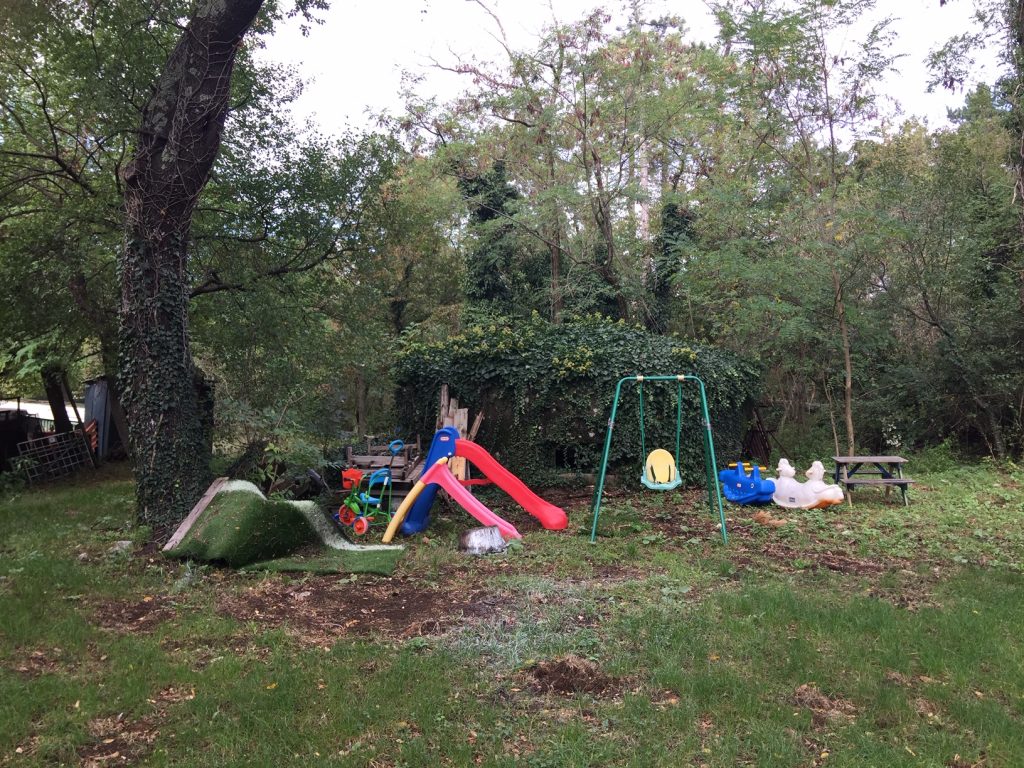
This particular casemate is completely covered in ivy and used by local residents as a deposit for pipes and old furniture. It is located along the same line but, due to private properties, roads and houses built in the years that followed its construction, it is difficult to reach it on foot.
The bunker is located a little off the road that leads to Monrupino, across the Railman House, former public housing for railway workers, built during the Austrian empire.

According to some residents, it was manned by the Italian Army allied with the Germans – although I was able to find no evidence about that. The fortification is in a sad state of neglect and is surrounded by junk.
It may be dangerous to enter due to the presence of pipes and other construction material left there by residents. In addition, nobody really seems to know who owns that area so the locals transformed it into an uninviting playground and open-air junk deposit. It seemed that property lines had not been determined, so I didn’t dare to remove some of the ivy to see if the bunker had a name.
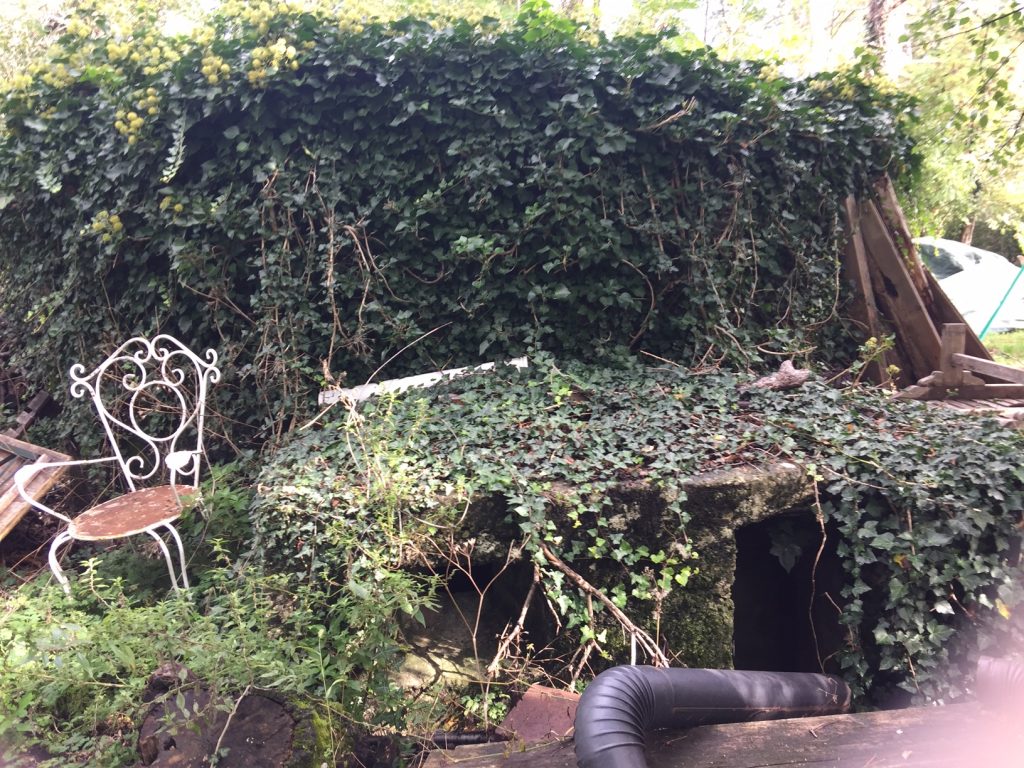
The whole fortification line was built soon after Nazi Germans arrived in Trieste in 1943. It served to protect the local Villa Opicina railway station, then known as “Poggioreale del Carso”.
Yugoslavian partisans often attacked trains along the Karst line and the Germans considered this line of bunkers strategic for the protection of convoys carrying troops and supplies.

The Emil-line protected the nearby power station (still in used to this day) which supplied Germans with electricity for the whole area of Opicina. It was heavily fortified as part of the Adriatic Wall.

























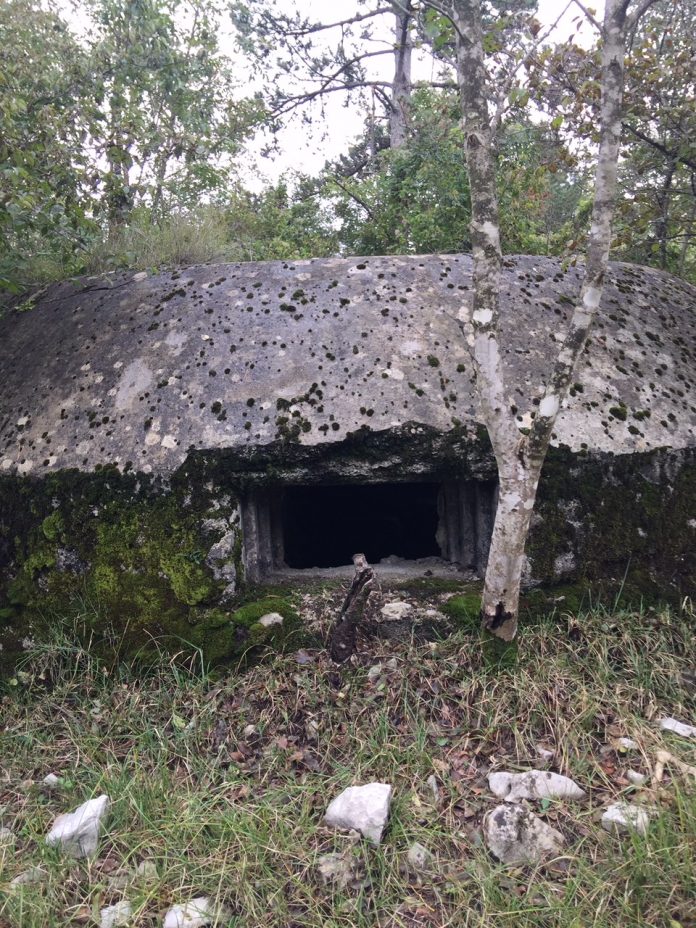




I have explored several bunkers along the carso. They can be found from Trieste to Monfalcone. The largest being under Castello Duino.
One of the best remains of trenches can be found not far the Villaggio del Pescatore which is also home to a paleontological site.
Monfalcone’s Theme Park of the Great War is also another great area to explore trenches and bunkers.